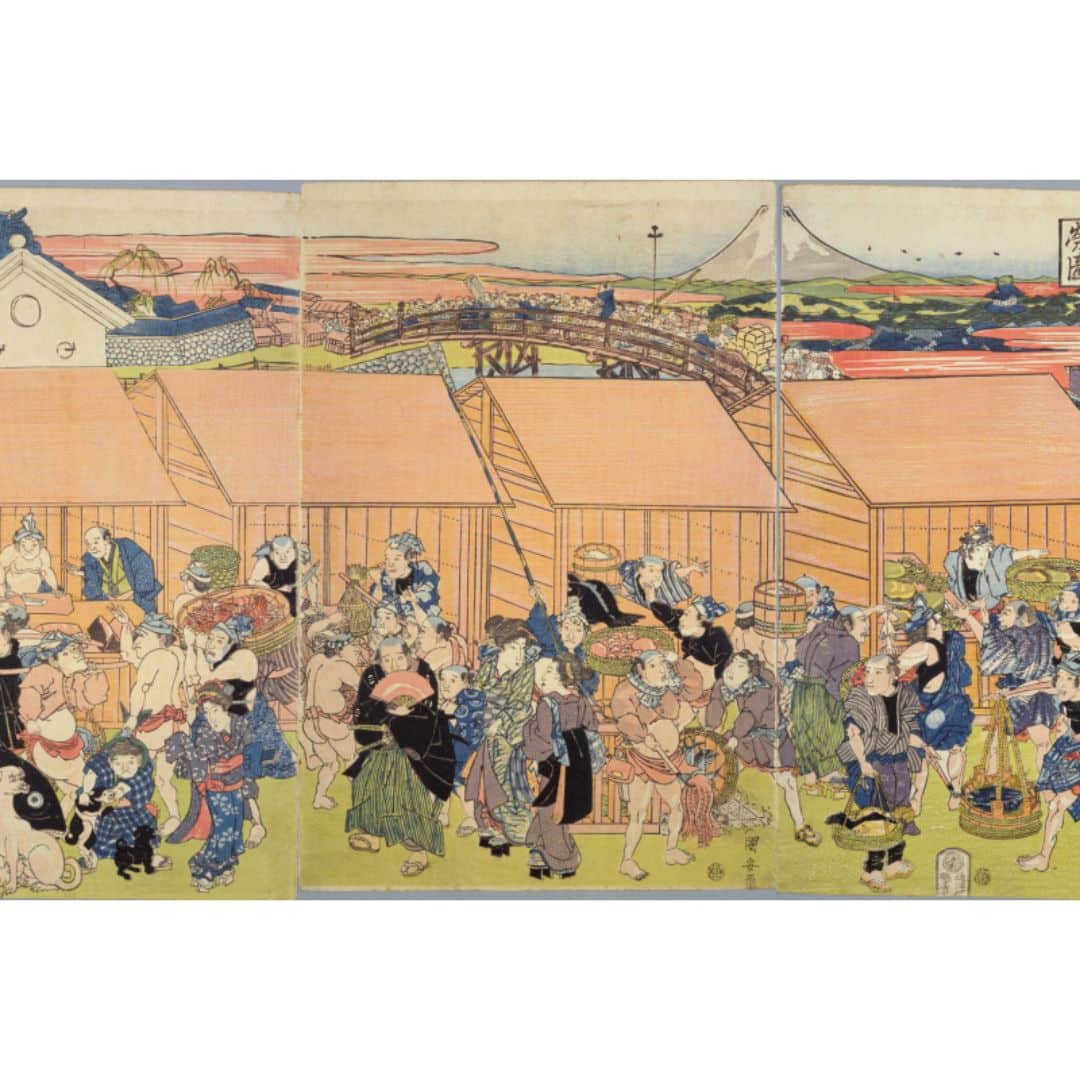
Exploring the Material Culture of Edo Japan
When Edo (present day Tokyo) became the military capital of Japan in 1604, it was a minor and remote fishing village. Yet by the mid-1700s the city had become the largest city in Japan and rivaled the older cultural hubs of Osaka and Kyoto, surpassing Paris and London in size. Material culture produced in Edo reflected this spatial shift and its rise as the new center of Japan. In turn, Edo projected this centrality to an increasingly national audience. At the same time, the material culture of Edo reflects an insatiable demand for depictions of and information about an expansive world view and awareness of global trends and developments.
In addition to space, Edo is also an expansive historical period, stretching from the early 1600s to the middle of the 1800s. This era is remembered and represented as the age of popular, lowbrow culture; however, it was also a time of great reflection and engagement with the past; urban commoners and samurai alike consumed classical texts, styles, and accoutrement, as they used their wealth and time to learn poetry, painting, philosophy, and other cultural markers of class. The objectified cultural capital of Edo was hybrid–-mixing old and new, low and high, sumptuous and simple.
Exploring the Material Culture of Edo Japan will examine the significance of Edo as both a location and a historical period. To better understand this place and time, we will consider short stories, poetry, utilitarian objects, decorative arts, and related primary source documents.
This program will be led by Melanie King, Art Historian and Brian Dowdle, Associate Professor of Japanese Language and Culture and Mansfield Fellow, University of Montana.
